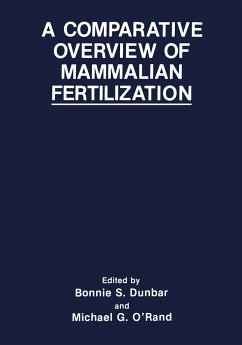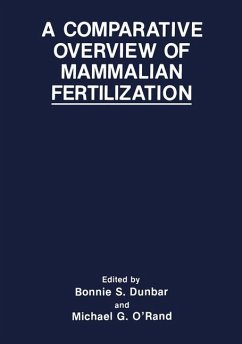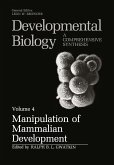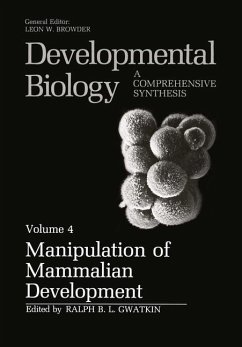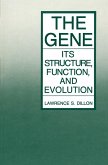In 1964, the Fertilization and Gamete Physiology Research Training Program (FERGAP) was established at the Marine Biological Laboratories, Woods Hole, Massachusetts. Over the course of the next 12 years, under the directorship of Dr. Charles B. Metz, FERGAP brought together, trained, and inspired a generation of students in reproductive biology from all over the world. As students of C. B. Metz and as FERGAP trainees, we would like to dedicate this collected work on comparative mammalian fertilization to our teacher and mentor, Dr. Charles B. Metz. Like a number of authors contributing to this volume, we have been struck by the significant impact that C. B. Metz and FERGAP had on the development of students of reproductive biology. Applying both the classical and molecular techniques of cell biology and immunology to problems of gamete biology, Dr. Metz emphasized a comparative and analytical approach that was reflected in his own research on fertilization in Paramecia, sea urchins, frogs, and mammals. It is hoped that this volume will serve to stimulate students to discover the myriad of fascinating research problems in gamete and reproductive biology. Bonnie S. Dunbar Michael G. O'Rand Houston, Texas Chapel Hill, North Carolina ix Contents Part I COMPARATIVE OVERVIEW OF MAMMALIAN GAMETES The Coevolution of Mammalian Gametes . . . . . . . . . . . . . . . . . . . . . . . . . . . . . . . . 3 J. Michael Bedford I. Introduction . . . . . . . . . . . . . . . . . . . . . . . . . . . . . . . . . . . . . . . . . . . . . . . . . . . . . 3 2. Gamete Design . . . . . . . . . . . . . . . . . . . . . . . . . . . . . . . . . . . . . . . . . . . . . . . . . . 4 2.1. Monotremes . . . . . . . . . . . . . . . . . . . . . . . . . . . . . . . . . . 5 . . . . . . . . . . . . . . 2.2. Marsupials . . . . . . . . . . . . . . . . . . . . . . . . . . . . . . . . . . 5 . . . . . . . . . . . . . . . 2.3. Eutherians . . . . . . . . . . . . . . . . . . . . . . . . . . . . . . . . . .. . . . . . . . . . . . . . . 9 3. Gamete Maturation . . . . . . . . . . . . . . . . . . . . . . . . . . . . . . . . 14 . . . . . . . . . . . . . . . 3 .1. Oocyte Maturation . . . . . . . . . . . . . . . . . . . . . . . . . . . . . . 14 . . . . . . . . . . . . . 3.2. Sperm Maturation in the Male . . . . . . . . . . . . . . . . . . . . . . . 15 . . . . . . . . . .

